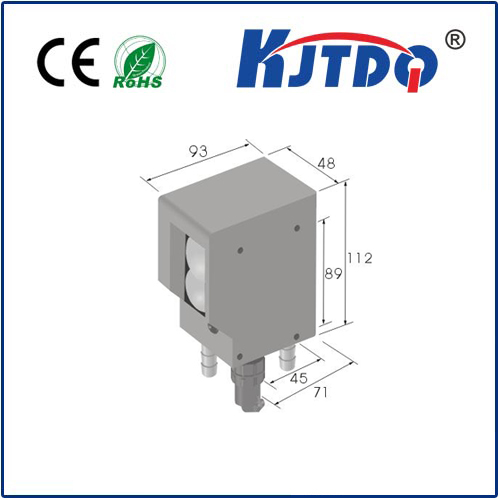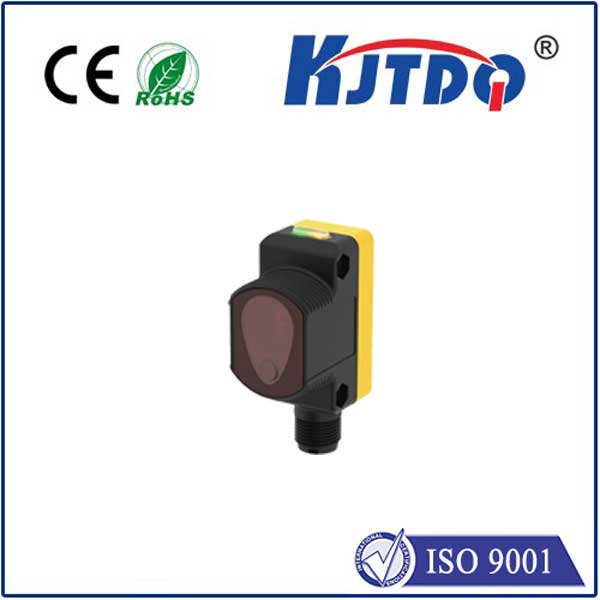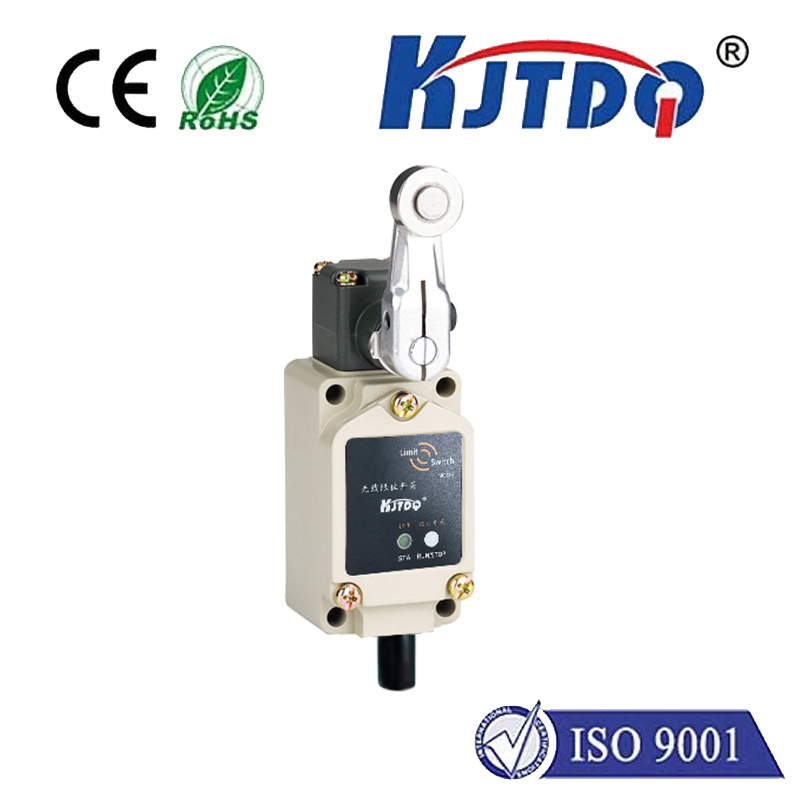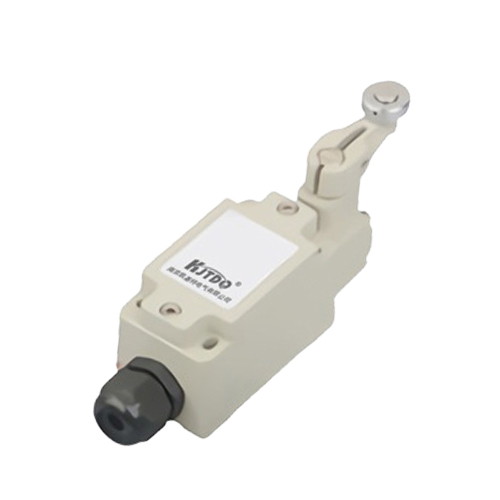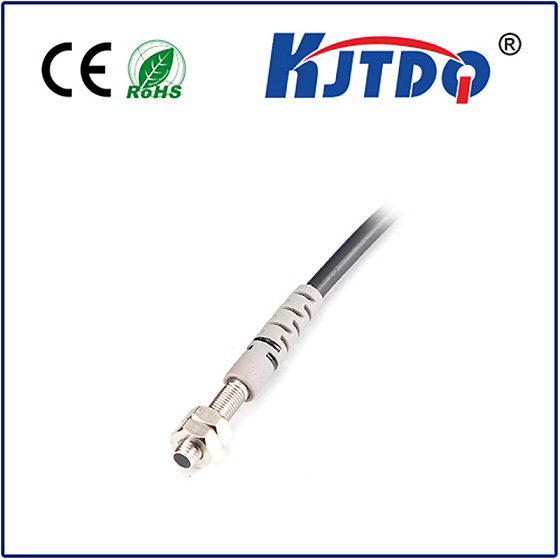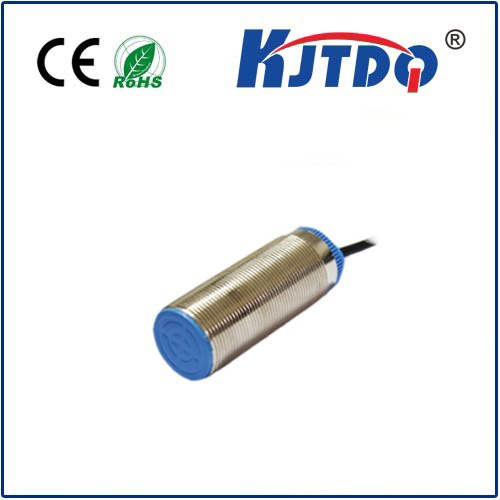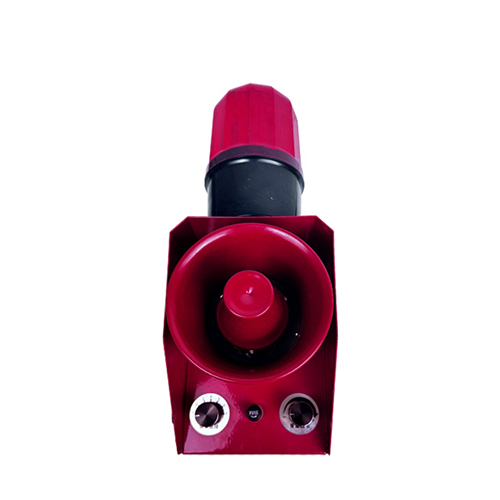

check

check

check

check
Ultrasonic sensors use the characteristics of sound waves to provide a contactless and accurate detection solution for detecting the status and distance of objects. By emitting mechanical sound waves with a high frequency, the sensor receives the sound waves reflected back from the object it encounters. By calculating the time or energy between transmitting and receiving the sound waves, the precise distance or status of the target object is obtained.
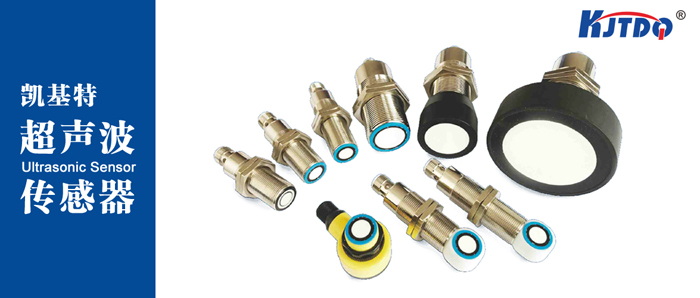
Ultrasonic sensors are different from ordinary proximity switches and photoelectric sensors.
Compared with inductive or capacitive proximity switches, its detection distance is longer. Compared with photoelectric sensors, it can be used in harsher environments and is not affected by the color of the target, dust, water mist, etc. in the air. Suitable for detecting objects in different states, such as liquids, transparent materials, reflective materials and particulate matter, etc.
1. Ultrasonic sensors can detect almost all liquids, such as pure water, oil, etc.
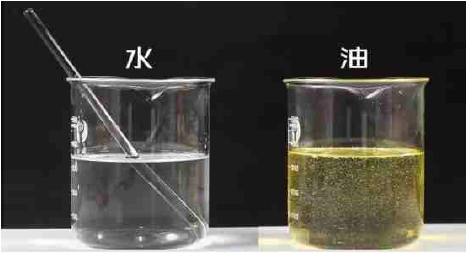
2. Ultrasonic sensors detect different colors of inks, inks, etc.

3. Whether it is a transparent material,
Such as detection of glass bottles, glass plates, transparent PP/PE/PET films, etc.;
Or reflective materials, such as gold foil, silver foil, etc.
Ultrasonic sensors all perform well.
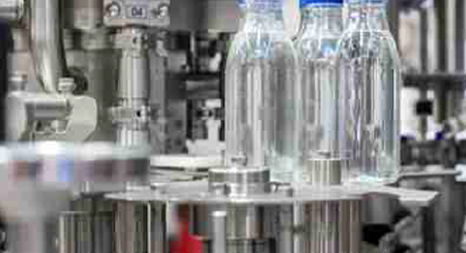
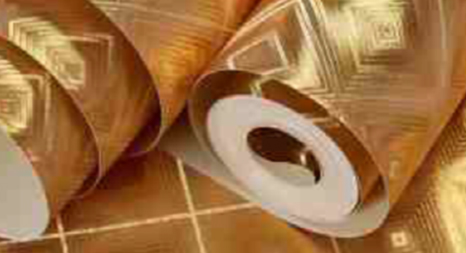
4. Almost all fiber fabrics of different colors can be easily detected by ultrasonic sensors.

5. Ultrasonic sensors are used to detect grain, etc. and automatically control the material level;
It is also very suitable for automatic control of powder material levels such as coal, wood chips, cement, etc.

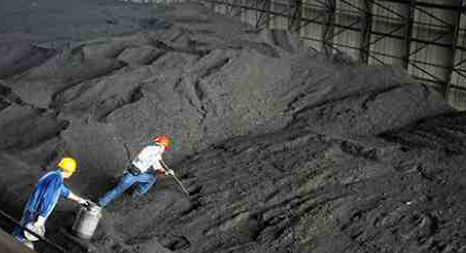
Ultrasonic sensors exhibit excellent performance in non-contact positioning and distance measurement applications.
It is not affected by color and shape, and is not limited by the material of the target being measured. It is widely used in industrial control automation scenarios.
Listed below are some typical applications in industries.

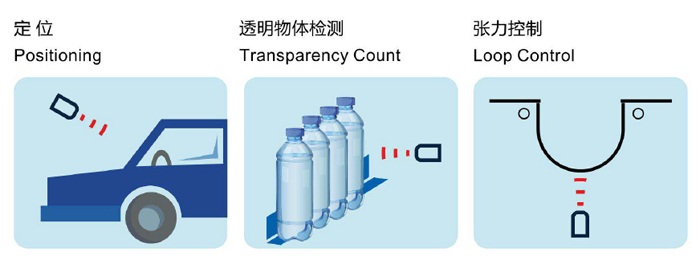

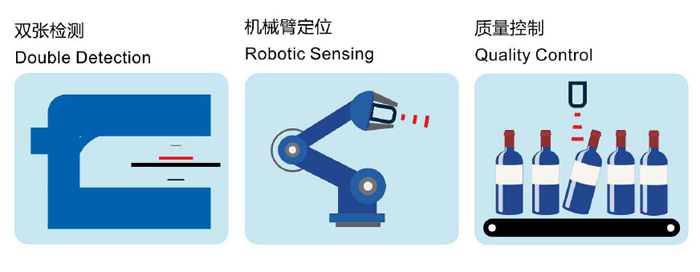
1. Proximity switch mode
The sensor sets an A2 independent switching point,
Different outputs are activated within the distance of the target passing the corresponding switching point A2.
The switching point can be set arbitrarily within the detection range.
This working mode is suitable for counting or presence detection on conveyor belts.

2. Window mode (interval mode)
In window mode, the sensor can set two switch points A1 and A2.
Each output will only be activated within the range A1 and A2.
The two switching points can be set arbitrarily within the detection range.
This working mode is suitable for detecting the defective rate of products.
For example, detecting whether bottles in wooden boxes meet height standards,
Products that are too tall or too short are detected.
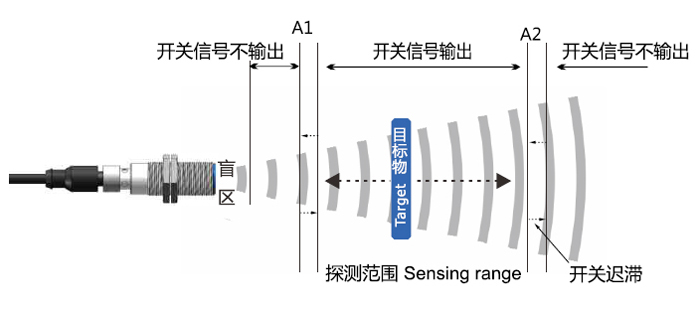
3. Reflector mode
Reflector mode is actually a special window mode.
Place the fixed reflector in the set window.
As long as the target detection object completely blocks the reflector sensor, a signal will be emitted.
The working method is similar to that of photoelectric reflector.
Ultrasonic sensors do not require a special reflective plate, any reflective object will do.
Whether the target absorbs or deflects sound waves.
This working mode can be used to detect foam or other sound-absorbing materials.
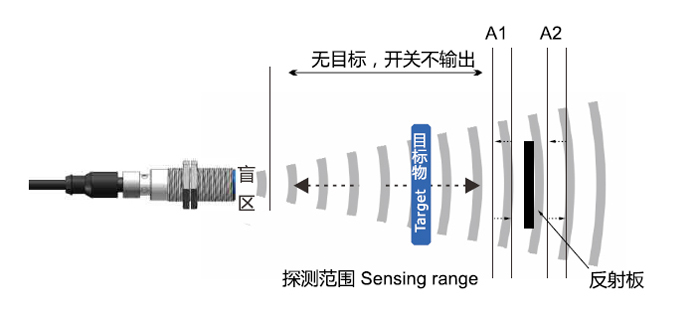
4.Double switch mode (hysteresis mode)
The sensor sets points A1 and A2 within the detection range.
When the target reaches point A1 or A2, the output switches.
When moving from point A1 (A2) to point A2 (A1), the sensor always maintains the current open position.
off state. Until point A2 (A1) is passed, the output switches to the original state.
This working mode is used to automatically control liquid level and material level.
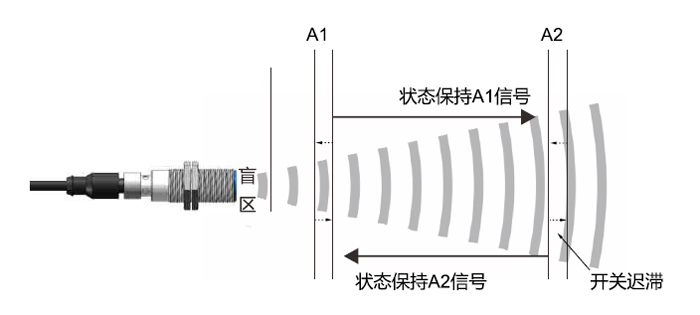
5.Analog output mode
The sensor can set A1 and A2 points arbitrarily within the effective detection range.
The distance value between A1 and A2 points will be proportional to the voltage (0-10V)
Or current (4-20mA) signal is evenly distributed and output.
The target object distance information is output linearly and in real time as an analog signal.
Switch between ascending mode and descending mode according to the position of setting A1 and A2 points.
This working mode is suitable for real-time control of various PLCs, frequency converters, etc.

6. Digital output mode (IO-LINK, RS232, RS485)
Sensor signals can be communicated in real time at the system architecture level.
The measured distance value is transmitted to the controller in real time in the form of serial data bits.
This working mode is suitable for various developed systems.
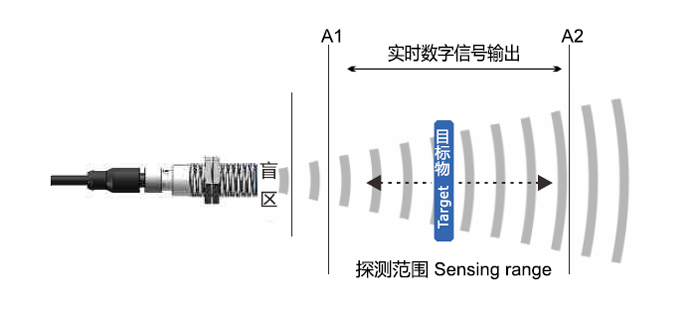
7. Ultrasonic single and double sheet detection sensor
Ultrasonic single and double sheet detection is a through-beam working method.
By detecting the sound wave energy passing through different numbers of sheets, the number of sheets of material can be determined.
Used to detect single and double sheets of paper, film, plastic sheets, metal sheets, etc.
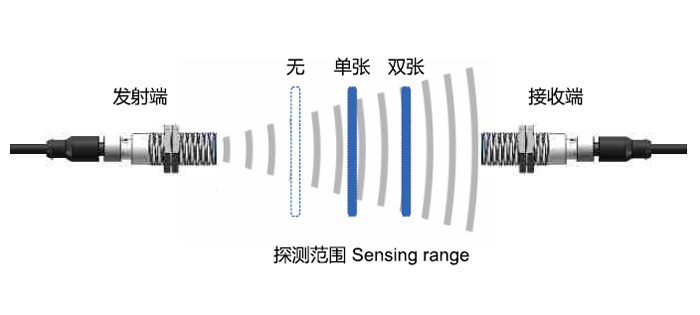
8 Ultrasonic Edge Detection Sensor
A sensor specially designed for edge detection, applying the working principle of through-beam.
The edge of the material is placed in the through-shooting slot, as for the center position of the generator and receiver.
The sensor determines the offset distance of the edge and outputs an analog signal 0-10V or 4-20mA corresponding to the received energy.
The size of the simulated signal is proportional to the deviation of the movement trajectory of the material edge.
This kind of sensor is widely used in various packaging and printing paper movement correction.
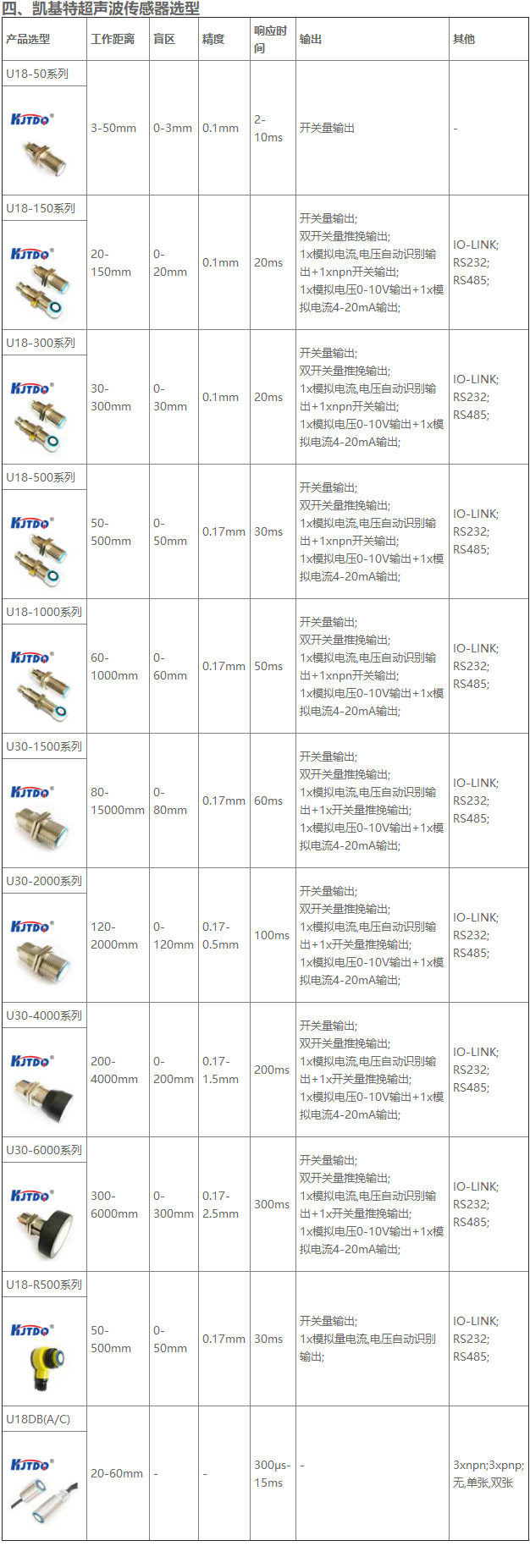
Installation and operating instructions
Ultrasonic sensors can be used in harsh environments, but water droplets and excessive dust accumulation can affect the ultrasound
The normal output of the wave. Fine dust and non-accumulated stains will not affect normal work output.
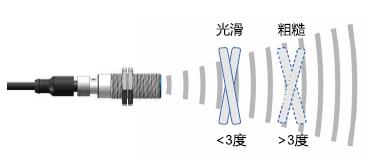
To detect targets with smooth and flat surfaces, the sensor needs to be installed at an angle of 90°±3° to the front of the object to be detected. Prevent the installation angle from being too large and the sensor not receiving reflected sound waves.
The surface of the target object is relatively rough, and the installation angle of the sensor can be greater than 3°. Due to the inherent characteristics of sound waves, the effective detection distance of the sensor will be shortened when detecting some materials with strong sound absorption, such as cotton, sponge and special cloth. The specific installation situation needs to be subject to on-site debugging.
When selecting, it needs to be tested based on different materials.
Installation distance
When two or more sensors of the same model are used respectively, if the installation distance is too close, co-frequency interference of the sensors will occur, causing abnormal output of different sensors.
In order to avoid this situation, sufficient distance needs to be maintained between multiple sensors of the same model during installation.
The recommended installation distance is as follows:
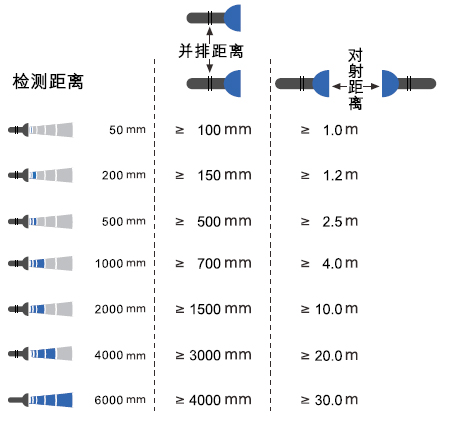
Sync function
If multiple sensors are installed and the installation distance is less than the distance that will cause mutual interference, the synchronization function needs to be used.
The synchronization function controls multiple sensors to measure simultaneously at all times. Ultrasonic sensor with synchronization function. When installing sensors of the same model, you only need to connect the synchronization lines of the sensors to each other to activate the synchronization function.
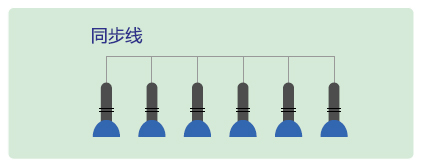
Effect of temperature on ultrasonic sensors
Temperature is the factor that has the greatest impact on the accuracy of ultrasonic sensors. Ultrasonic waves propagate at different speeds in air with different temperatures. Generally speaking, every 1°C change in temperature will affect the measurement accuracy by 0.17%.
All KJT ultrasonic sensors are equipped with temperature compensation circuitry. The repeatability error is controlled at around 0.15%. The influence of air pressure, air flow and humidity on ultrasonic sensors. The influence of air pressure below 3 kilometers above sea level on ultrasonic sensors is very small.
The test distance will be shortened if it exceeds 3 kilometers, please test it.
Wind speeds below 60km/h have almost no effect on the ultrasonic sensor.
It is recommended to use it when the wind speed is below 60km/h.
The effect of air humidity on ultrasonic sensors is negligible.
Application of sound wave reflection properties
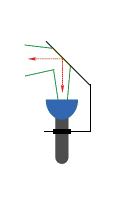
The sound wave beam attenuates very little after being reflected and redirected by the smooth reflecting surface.
The propagation direction of sound waves can be deflected by using appropriate accessories or adjusting the installation angle. This can be installed and used in some small environments.
The principle of ultrasonic sensors is to determine the status or distance of a target object by detecting and processing sound waves. Therefore, the transmission rate of sound waves will be affected by the state of the air, which will affect the output state of the ultrasonic sensor.
Ultrasonic sensors have made as much compensation as possible on the circuit for various influencing factors, such as a full range of temperature drift compensation circuits.
In order to ensure that the ultrasonic sensor works stably and effectively. It is recommended to consider the following situations before testing.
●The target surface temperature is higher than 100°C.
●Detect scenes where the ambient wind speed is greater than 60km/h.
●Use environment in areas with an altitude of more than 3,000 meters.
●In a sealed environment, the air pressure exceeds 1.2 standard atmospheres.
●The working environment is below minus 20℃ and above 70℃.
●Non-reflective board mode, detects materials with strong sound absorption, such as felt, wool, cotton or sponge foam.
●Sound waves cannot propagate in a vacuum. Ultrasonic sensors fail when used in a vacuum environment. .
●Detect other unknown substances and uncertain usage scenarios.

